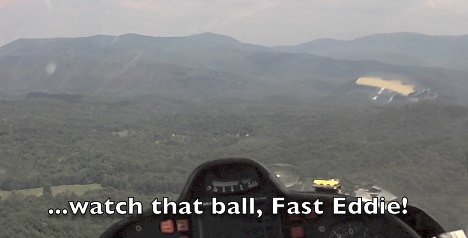FastEddieB
Touchdown! Greaser!
- Joined
- Oct 14, 2013
- Messages
- 11,421
- Location
- Lenoir City, TN/Mineral Bluff, GA
- Display Name
Display name:
Fast Eddie B
On the one hand, when paying attention, I can definitely feel and hear slips and skids, especially when flying with a student.
Then again, when distracted or not paying attention, I can get quite out of kilter and not notice it.
Example:

It's a screen shot from about 3:30 into this video:
https://www.youtube.com/watch?v=sjlU_JlvDIQ
Of note is that I did not notice it at all in flight - I was paying attention to the approach into a tricky airport. Pretty obvious when watching the video, though!
Then again, when distracted or not paying attention, I can get quite out of kilter and not notice it.
Example:

It's a screen shot from about 3:30 into this video:
https://www.youtube.com/watch?v=sjlU_JlvDIQ
Of note is that I did not notice it at all in flight - I was paying attention to the approach into a tricky airport. Pretty obvious when watching the video, though!
Last edited:


